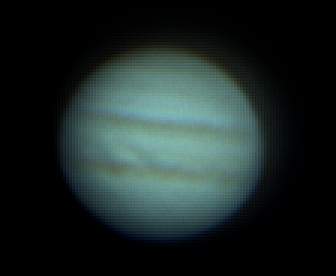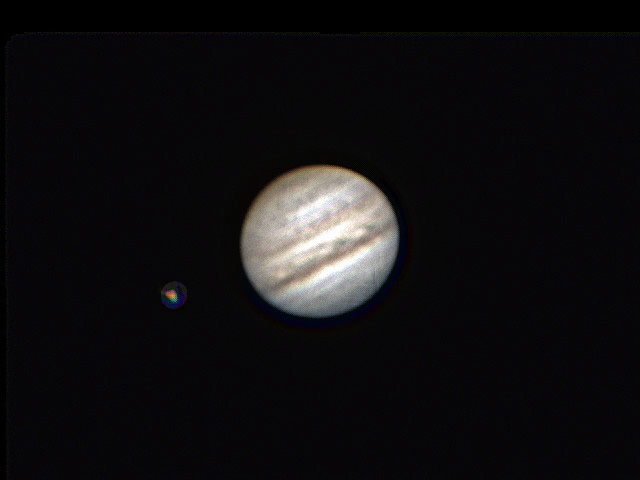
Back to Main > Back to Planets
Jupiter
Magnitude: −1.6 to −2.94
Aphelion (Furthest) 816.62 million km (5.4588 AU)
Perihelion (Nearest) 740.52 million km (4.9501 AU)
Orbital period 11.862 yr
Length of Day 0d 9h 56m
Known satellites 69 (as of 2017)
Surface area 121.9 Earths
Volume 1,321 Earths
Mass 317.8 Earths
Surface gravity 2.528 g
Jupiter is the fifth planet from the Sun and the largest in the Solar System. It is a giant planet with a mass one-thousandth that of the Sun, but two-and-a-half times that of all the other planets in the Solar System combined.
Jupiter is primarily composed of hydrogen with a quarter of its mass being helium, though helium comprises only about a tenth of the number of molecules. It may also have a rocky core of heavier elements, but like the other giant planets, Jupiter lacks a well-defined solid surface. Because of its rapid rotation, the planet's shape is that of an oblate spheroid (it has a slight but noticeable bulge around the equator). The outer atmosphere is visibly segregated into several bands at different latitudes, resulting in turbulence and storms along their interacting boundaries. A prominent result is the Great Red Spot, a giant storm that is known to have existed since at least the 17th century when it was first seen by telescope. Surrounding Jupiter is a faint planetary ring system and a powerful magnetosphere.
Taken 7/14/18 in Toledo, Ohio by Russell Kille on a Celestron 14" Edge HD @ F11 and ZWO ASI294MC Pro camera

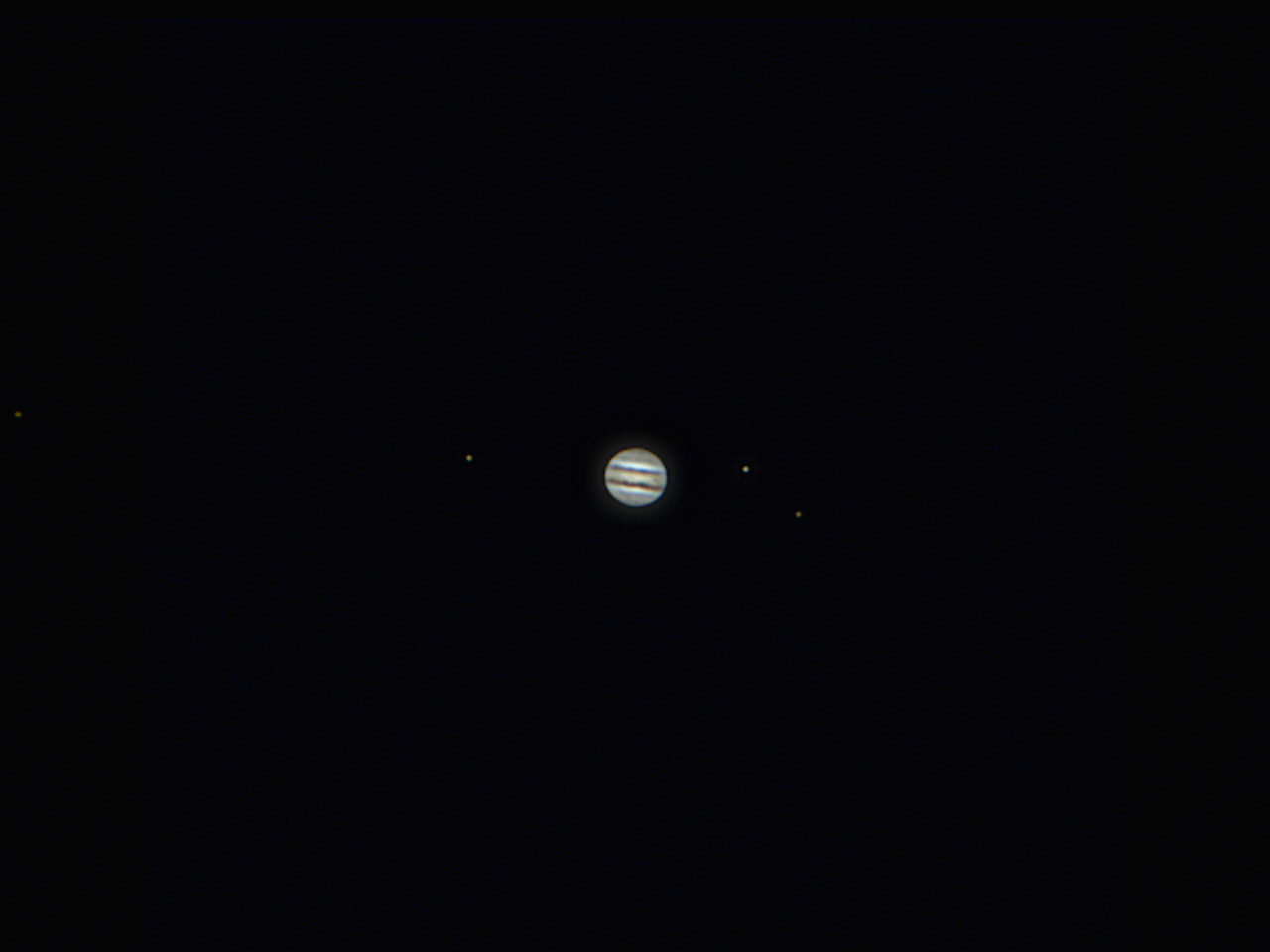
Taken 7/14/18 in Toledo, Ohio by Russell Kille on a CPC 1100 @ F10 and ZWO ASI294MC Pro camera
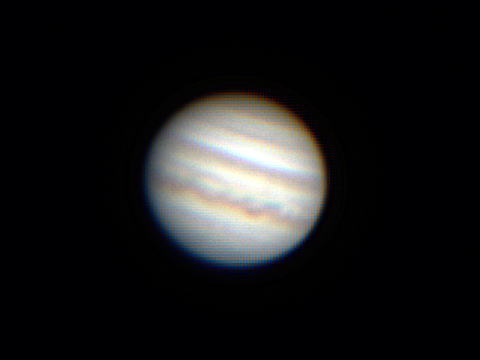
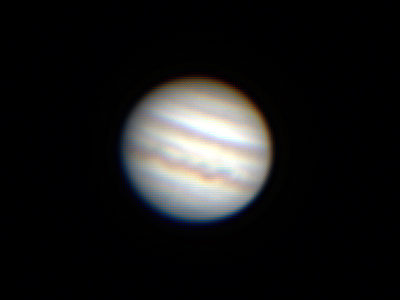
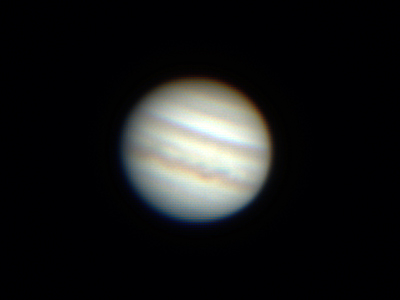
Taken 3/17/18 in Toledo, Ohio by Russell Kille on a CPC 1100 @ F10 and ZWO ASI294MC Pro camera
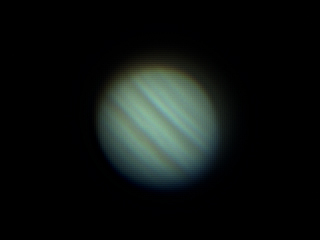
Taken 3/17/18 in Pioneer. Ohio by Russell Kille on a CPC 1100 @ F10 and ZWO ASI294MC Pro camera
